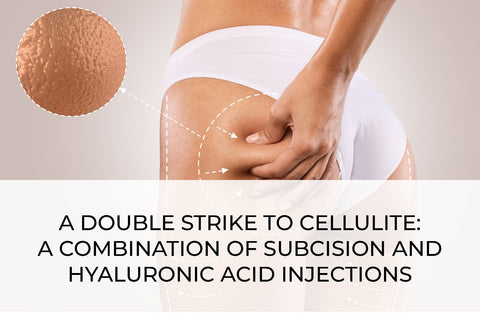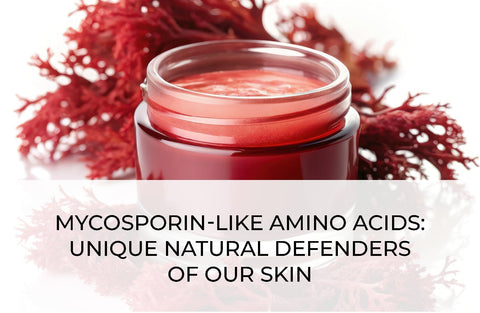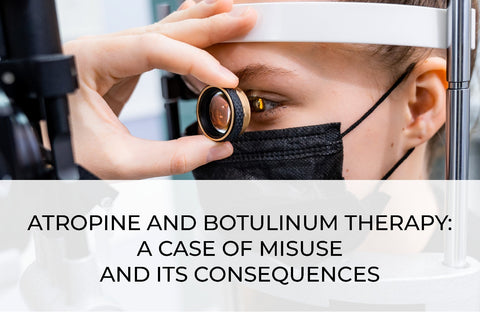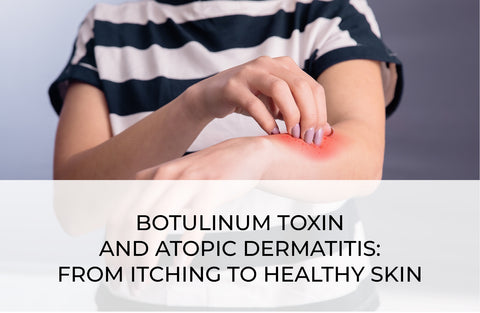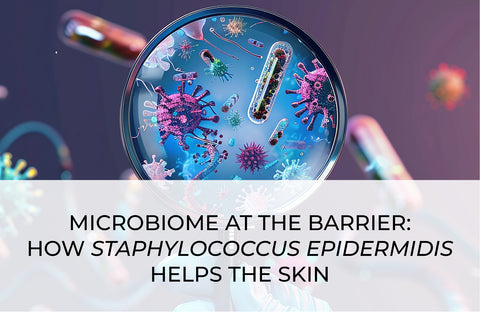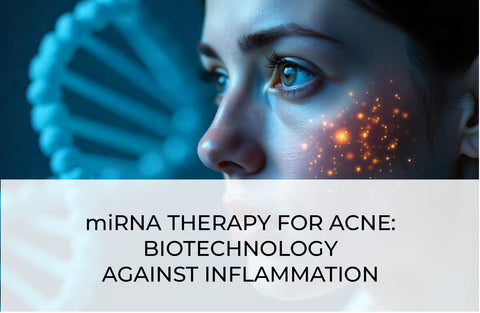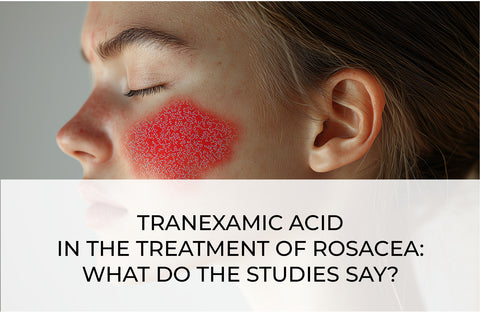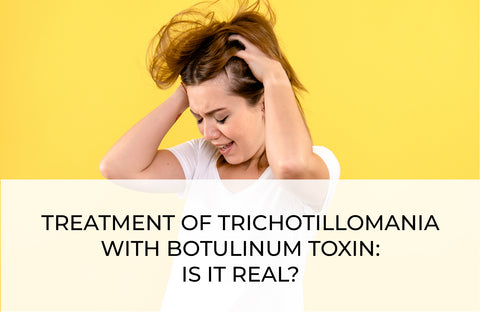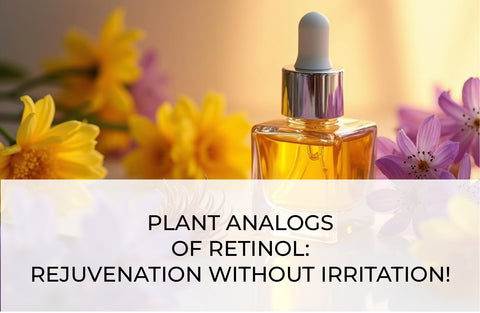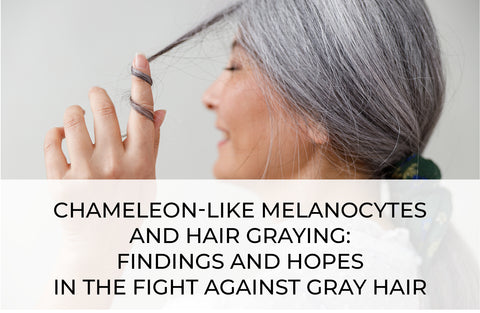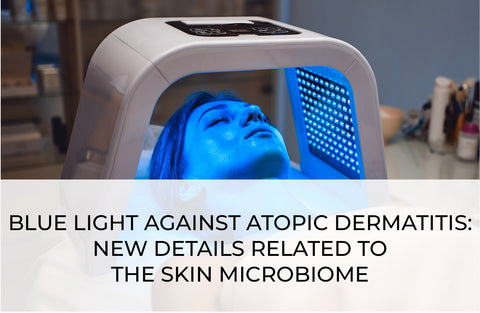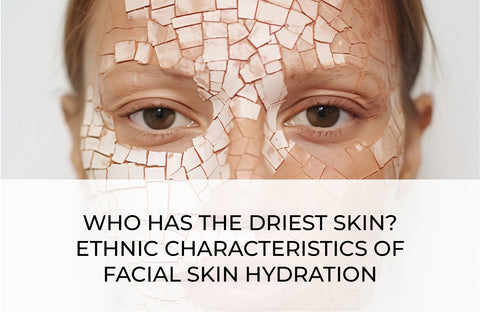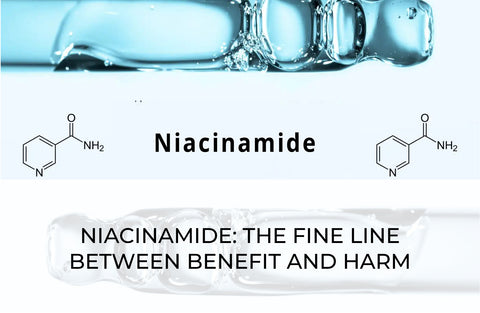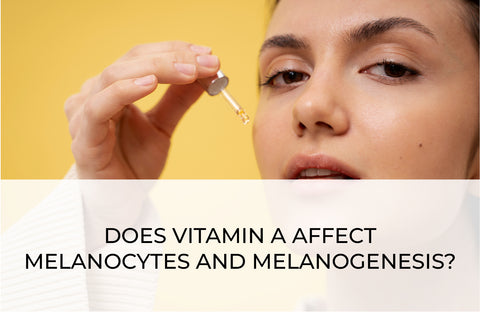BOTULINUM TOXIN AND ATOPIC DERMATITIS: FROM ITCHING TO HEALTHY SKIN

Expression lines and facial harmonization are the two main aesthetic indications. To work with them, botulinum toxin is injected deep under the skin — into the target muscle. It can be just one or a few injections, so mechanical trauma to the skin is minimal. Atopic dermatitis is not a contraindication for this procedure. Moreover, it can be used as a therapeutic tool to improve the condition of atopic patients.
Khattab F.M.’s study, published in the Journal of Clinical and Aesthetic Dermatology, is a pilot study that evaluated the efficacy of BTA in treating atopic dermatitis [1]. The experimental design included 20 patients with chronic moderate atopic dermatitis. BTA was administered as intradermal injections into the affected skin areas. The dosage was two units per point with an injection interval of 1–2 cm. The total volume of toxin injected varied depending on the location of the lesion.
Four weeks after treatment, patients showed significant improvement in clinical skin condition as measured by the SCORAD (Scoring Atopic Dermatitis) index. Itching, one of the most distressing symptoms of atopic dermatitis, was reduced by more than 50% in 80% of the study participants. In addition, patients noticed a reduction in redness and thickening of the skin.
Biochemical mechanism of action of BTA
BTA's effectiveness in treating atopic dermatitis is explained by its effect on nociceptors — nerve endings responsible for the perception of pain and itching. BTA blocks the release of acetylcholine from presynaptic endings, which reduces the activation of sensitive nerve fibers. Botulinum toxin is also thought to inhibit the release of neuropeptides such as substance P and calcitonin gene-related peptide (CGRP), which play a key role in inflammation and itching [2].
When administered intradermally, BTA acts on nerve endings and skin cells, including keratinocytes, fibroblasts, and immune cells. It suppresses the activation of keratinocytes, which are involved in inflammatory reactions, and reduces the secretion of pro-inflammatory cytokines. The effect on fibroblasts improves skin regeneration, and modulation of immune cell activity minimizes the severity of inflammation [3].
This versatile action provides the following clinical effects:
- Reduction in the intensity of itching
- Reduction of redness and swelling of the skin
- Improvement of the barrier function of the epidermis
- Reducing inflammation
- Overall improvement in the quality of life of patients with atopic dermatitis [1, 2]
Despite impressive results, using BTA in treating atopic dermatitis is at the initial stage. More extensive clinical trials involving more patients are needed to confirm the efficacy and safety of this therapy. Nevertheless, botulinum toxin already shows excellent potential, opening new opportunities in treating chronic skin diseases.
References
- Khattab F. Evaluation of botulinum toxin A as an optional treatment for atopic dermatitis. J Clin Aesthet Dermatol. 2020; 13(7): 32-35.
- Park J.H., Lee J.H., Kim I.H.. Botulinum toxin for the treatment of pruritus. Toxins (Basel). 2018; 10(3): 120.
- Heckmann M., Teichmann B., Pause B.M., Plewig G. Botulinum toxin type A injection in the treatment of lichen simplex: a pilot study. J Am Acad Dermatol. 2002; 46(4): 617-619.


